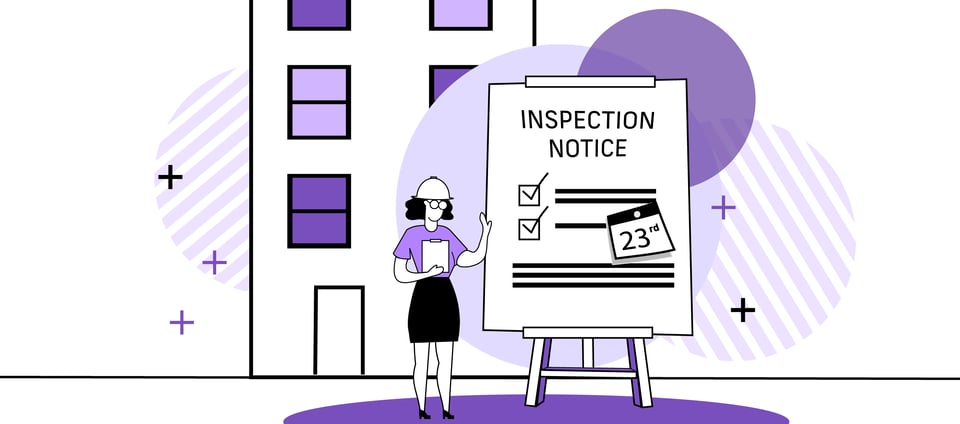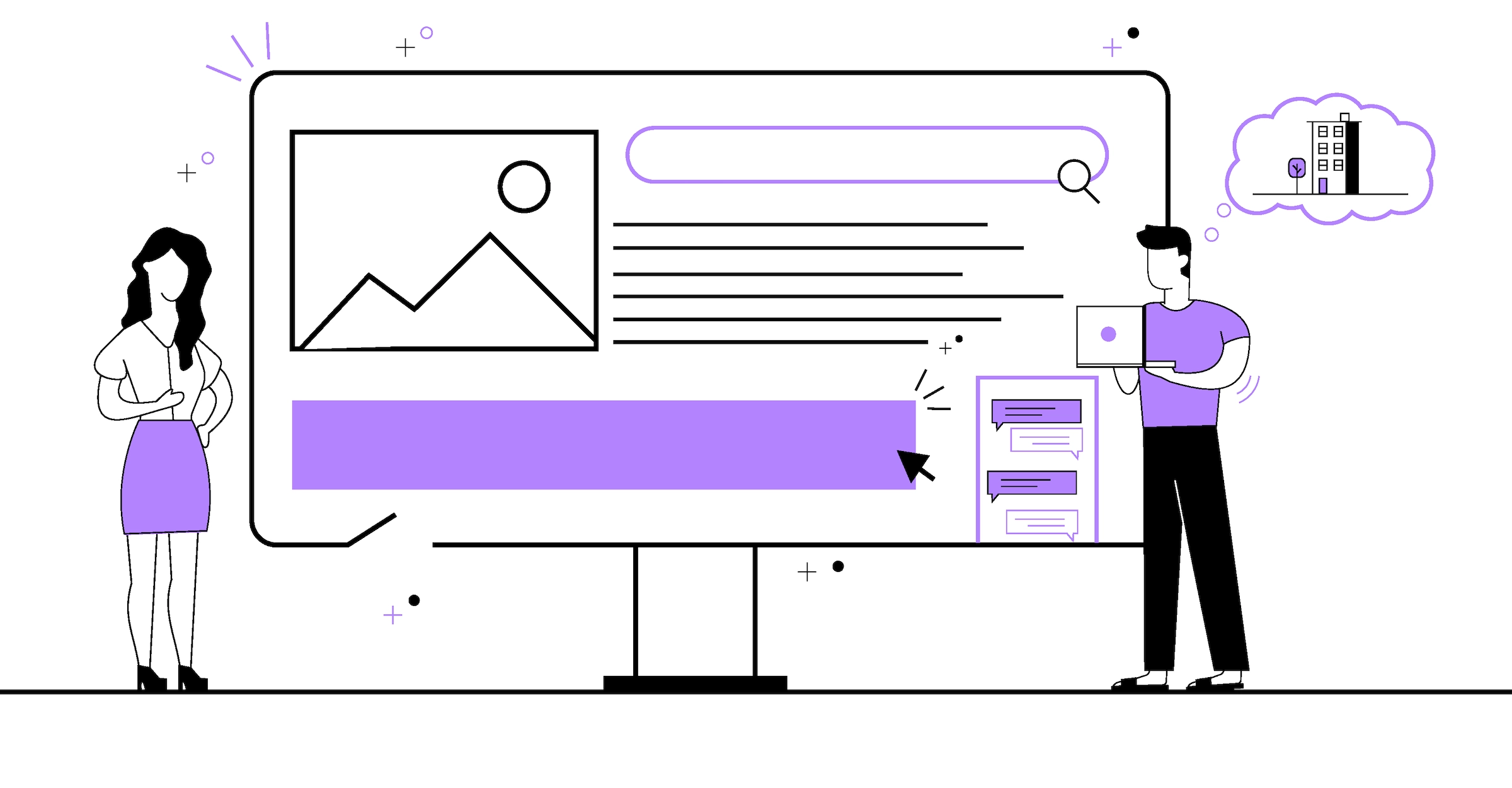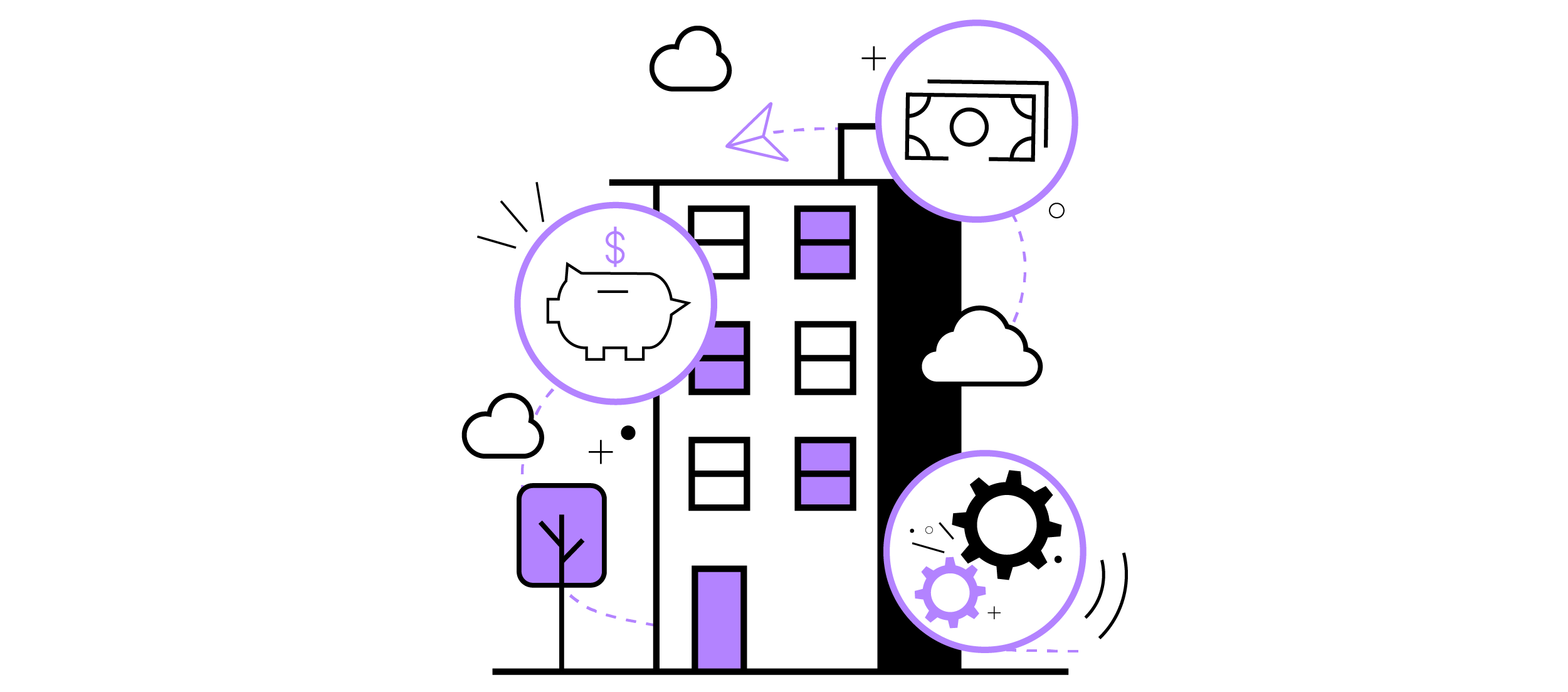Property Inspections: Key Times to Inspect Apartments and Best Practices
Property inspections are an essential part of managing apartments and ensuring a positive living experience for both renters and property managers. From move-in inspections, to regular maintenance checks and move-out inspections, each step plays a crucial role in maintaining the property's condition and addressing any issues promptly.
How Often Can a Property Be Inspected?
Move-In Inspection
Move-In Inspection Forms are extremely helpful and can help your team understand the condition of the apartment home before and after a renters residency. When I worked on-site, I would complete two move-in inspections as a best practice. The first inspection (I liked to refer to it as a pre-move-in inspection) is completed by a member of the leasing team; usually the agent who leased the apartment home. During the pre-move-in inspection, I would test the appliances to ensure they were working properly, make sure all of the light switches are functioning, test blinds and window treatments, open and shut the cabinets and drawers, and check the plumbing by running water from faucets, flushing toilets, and running the shower to ensure all is working as expected. It is a good idea to check for any stains or scuffs in the apartment home. If any items need attention you can notify maintenance before the resident arrives to pick up their keys.
The second move-in inspection is preferably completed with the new resident usually on the day of move-in while the resident is picking up keys for their apartment home. Pre-scheduling a move-in appointment with your new resident will ensure they have enough time to complete the move-in inspection with you. During the move-in inspection, you can answer any questions your new resident may have about the apartment home and ensure any items noted during the pre-move-in inspection were completed. Be sure to note any items that need attention on the move-in inspection form. It is also a good idea to list items that may not be addressed such as normal wear and tear to document the condition of the apartment home upon move-in.
After you’ve walked through the apartment and completed the move-in inspection with the resident(s), you can review the items that will be addressed and ask for permission to have maintenance return to resolve the listed concerns. Before leaving, have the resident sign the move-in inspection form to acknowledge their participation in completing the inspection.
Regular Maintenance
During a residency, it is common for residents to submit requests for maintenance. The TAA (Texas Apartment Association) Lease states all maintenance requests should be submitted in writing. Receiving a maintenance request in writing helps to ensure the accuracy of the request as well as helps to document previous work and can be useful when identifying any recurring concerns that may result in the replacement of an appliance, etc. Residents can submit maintenance requests via email or through their resident portal if the PMS software supports online maintenance submissions. You'll want to make sure that you have permission to enter the apartment home to address the maintenance request and also check if there are any pets or alarms your team should be aware of.
Move-Out Inspection
As with the move-in inspection, it is best to schedule and complete the move-out inspection with the vacating resident. The move-out inspection should be completed after the resident surrenders the apartment and turns in their keys. During the move-out inspection, I recommend testing all of the appliances, lights, plumbing, and window treatment and documenting any items that need to be addressed beyond normal wear and tear. Taking time and date-stamped photos is highly encouraged especially if there will be charges assessed for damages.
Best Practices for Apartment Property Inspections
Provide a Move-In Inspection Form
If you are completing the move-in inspection form with your new resident, it is best to have them sign the completed move-in inspection form and provide the resident with a signed copy after management has signed off on the move-in inspection form. If the new resident is completing the move-in inspection form on their own, you'll want to make sure it is received by management within the specified time (usually 24-48 hours) after moving in. If the move-in inspection form was not completed with the resident, I recommend reviewing any items listed by the resident.
Give Proper Notice Ahead of Time for Each Inspection
You may need to enter apartment homes from time to time to perform routine maintenance and inspections. In these instances, it is best to notify your resident at least 24 hours in advance of entering the apartment home; however the sooner you notify your resident the better. If a resident has a pet, an alarm, or preference of being home during the inspection or routine maintenance, sharing advanced notice of entry allows for the resident to make the necessary arrangements. Sending out communications a week or more in advance of entry is best practice. It is also polite ti send a friendly reminder 24 hours in advance and on the day of inspection or routine maintenance.
Use Property Inspection Software
Property Inspection Software is extremely helpful in documenting maintenance requests across the community. Some Property Inspection Softwares allow for photos and notes to be taken, saving time and assisting to accurately report areas that required attention. I would divide the community into sections amongst my leasing team and each of us would be responsible for a section. We would each walk our designated area of the property weekly, documenting any items that need attention (ex: replacing a light bulb in a hallway, touch-up paint, etc) and working with our maintenance team to ensure the items were addressed.
Offer Free Apartment Maintenance Tips for Renters
It is important to remind residents of their responsibilities in maintaining the apartment homes in the community. When I was a property manager, our team would create a monthly newsletter and we featured a monthly maintenance tip section that would include friendly reminders to residents of routine maintenance. Sharing routine maintenance tips on social media platforms can be a helpful tool as well. Previously, I had a leasing agent and maintenance team member record a TikTok video showing how to check the ac filter inside of the apartment home. Not only did they accomplish their mission educating the residents, they also created organic social media content!
How to Communicate with Residents about Routine Inspections
Let Renters Know Their Rights for Inspections
It is important to know your lease and abide by the requirements outlined when notifying residents of routine maintenance and inspections. It is helpful to send written communication detailing the routine maintenance or inspection that will be performed, and if possible, share the entry and exit time frame with your residents to help them plan for the visit. Remain available and ready to answer questions and address concerns from residents.
Provide a Detailed Inspection Notice for Renters
Sharing the details or requirements of the visit can help eliminate questions or concerns your resident may have. Providing a time frame for the visit can also help the resident prepare and make arrangements for the planned inspection or maintenance.
Addressing The Legal Aspect of Property Inspections
Ensuring that property inspections comply with legal regulations is crucial for owners and property managers. Each jurisdiction may have specific laws and guidelines regarding the frequency and notice required for inspections. Familiarize yourself with the local laws to avoid any potential legal issues. Generally, it's essential to provide proper notice before entering an apartment for routine inspections or maintenance.
Be sure to follow the terms outlined in the lease agreement regarding inspections. Most leases specify that communication should be in writing. This means that sending a formal written notice detailing the purpose and timeframe of the inspection is not only a best practice but also a legal requirement in many places. By following the legal guidelines and respecting residents' rights, operators can maintain a professional relationship with their residents and avoid unnecessary conflicts.
In conclusion, property inspections are a fundamental aspect of apartment management that benefit both residents and management. By conducting move-in inspections, property managers can set clear expectations, address any issues before the resident moves in, and document the apartment's condition. Regular maintenance inspections ensure the property is well-maintained, and renters' concerns are promptly addressed, promoting a positive living experience.



